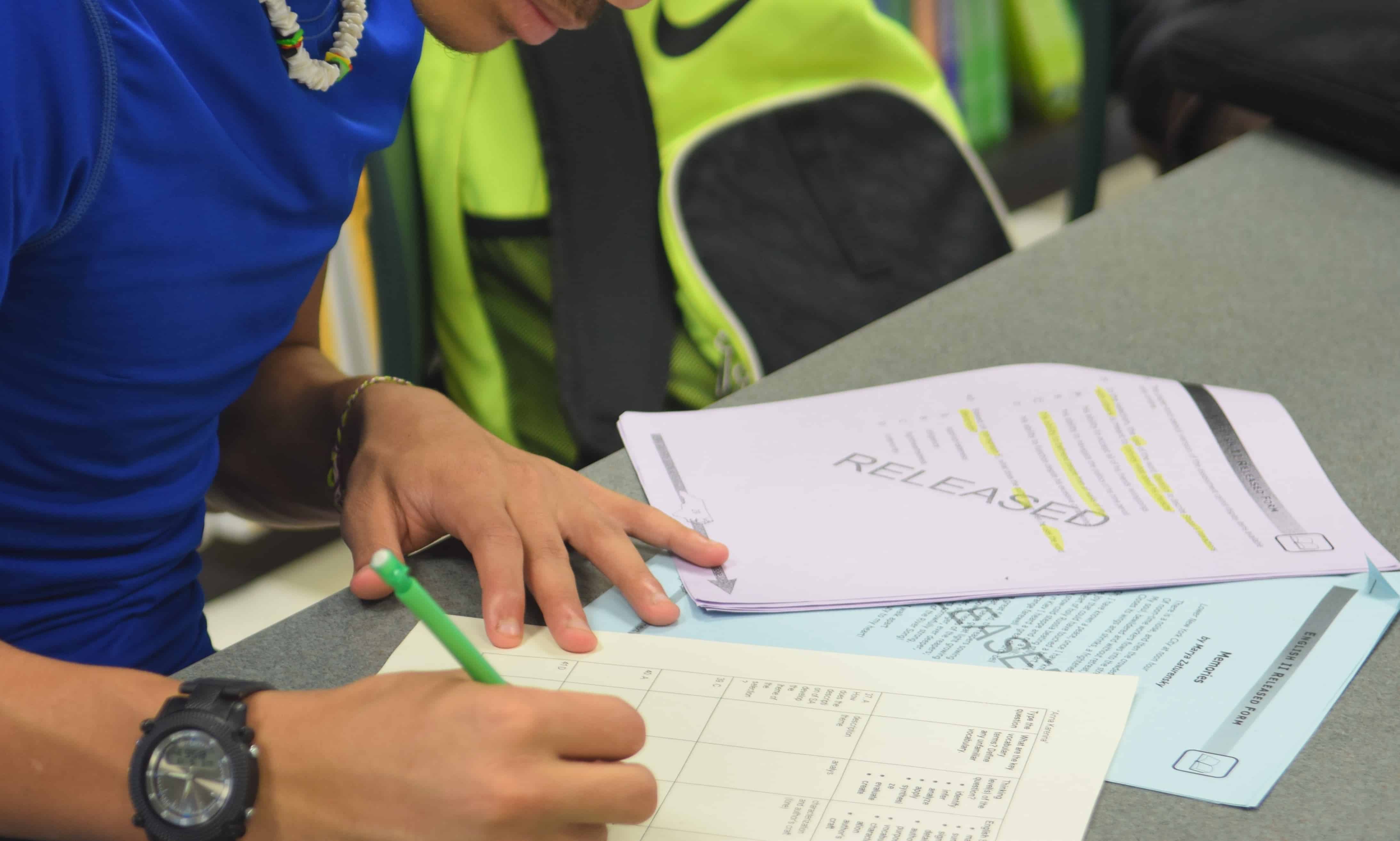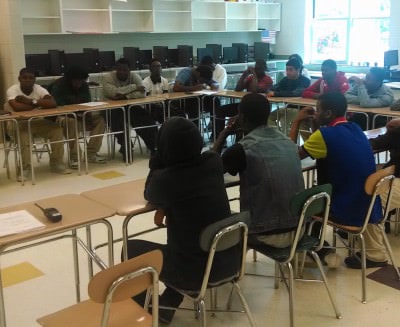Call me a starry-eyed optimist. I don’t assume that those who disagree with me about school reform are out to destroy the education system. I assume they share my goal of expanding educational opportunities and getting a better rate of return on money invested in schools.
We simply disagree about the best means to achieving our common ends.
I think the available evidence argues for a reform strategy based on higher standards, rigorous and independent assessment, differentiated pay for principals and teachers based on responsibilities and performance, and greater parental choice and competition. I recognize that others either aren’t familiar with the empirical evidence or assess it differently than I do.
I enjoy discussing substantive differences. But I no longer waste my time with those who chant or shout at me. Instead, I now point them to the rhetorical equivalent of the little-kids table, where they can throw food or make armpit noises to their hearts content — or at least until their babysitter loses patience and banishes them out of the room completely. I’m not interested in that job.
Over at the grown-up table, I believe that North Carolinians across the political spectrum can have a meaningful debate about school reform only after we establish a common frame of reference. When it comes to defining the scope of the problem, our best starting point will be the National Assessment of Educational Progress (NAEP), a rigorous and independent set of performance measures available for a national sample since the early 1970s and for state-by-state samples since the early 1990s.
Let’s look at the long-term trends. At first glance, they’re depressing. The average reading score for 17-year-olds in 2012 (the most recent year available) was 287, statistically indistinguishable from the 1971 score and down from a high of 290 in 1992. In math, the average score was 306, again statistically indistinguishable from the average score in 1973, when the math exam was instituted.
Why are these trends disappointing? Because we spend vastly more money on education today than we did in the early 1970s, even after adjusting for inflation and enrollment growth. Teachers are significantly better paid. Class sizes are smaller. School facilities and technology are nicer. More children attend preschool. More parents exercise choice among district-run public schools, magnets, charters, and private schools.
Before we assume that none of these policies has any practical value, however, it is important to examine the long-term NAEP data in more detail. The average white 17-year-old scores 4 points higher today in both subjects than in the early 1970s. The average black student scores 30 points higher in reading and 18 points higher in math. The average Hispanic student scores 21 points higher in reading and 17 points higher in math.
These three groups together make up the vast majority of the test-taking population. How can it be that they’ve all seen increases, with the racial disparities lessening over time, and yet the average score has remained unchanged?
It’s not because of declines among the remaining students, primarily Asians. Their average scores are high. It’s not because of flight from public schools. The NAEP sample includes private schools. And it’s not because we’re losing more kids earlier in life. The biggest problem lies in the high-school years. Average reading and math scores for younger students really are up substantially.
Mostly, it’s about relative proportions. Although the disparities are smaller, black and Hispanic students still have lower average scores than whites. As recently as 1978, whites made up 83 percent of 17-year-olds tested. Now, they make up 56 percent. A rise in Hispanics from 4 percent to 22 percent explains most of the difference, with black students making up roughly the same share (13 percent), and other students rising from just 1 percent in 1978 to 8 percent now.
I’m not arguing for applying different standards to different students. Reading and math proficiency is essential for everyone in the next generation. We should settle for nothing less than higher performance across the board.
Still, if we want the right answers, we have to ask the right questions.



